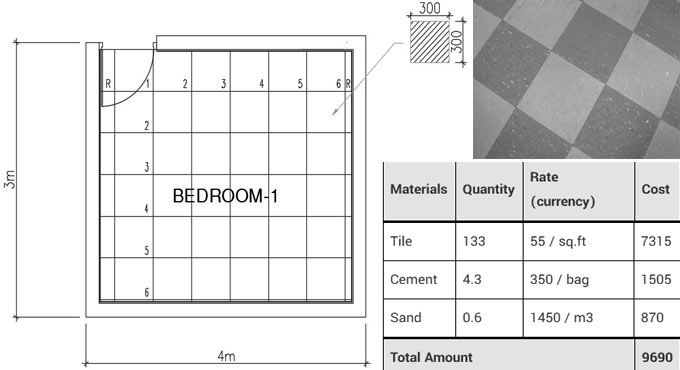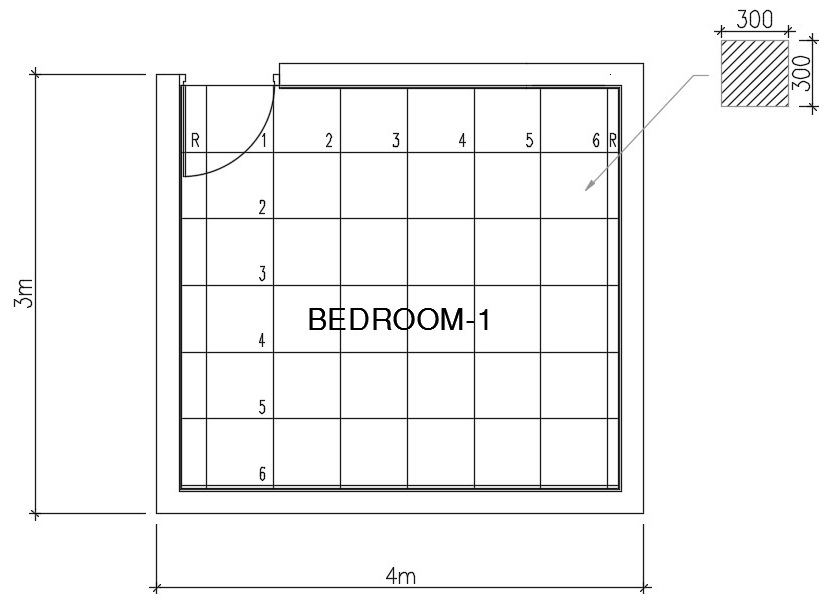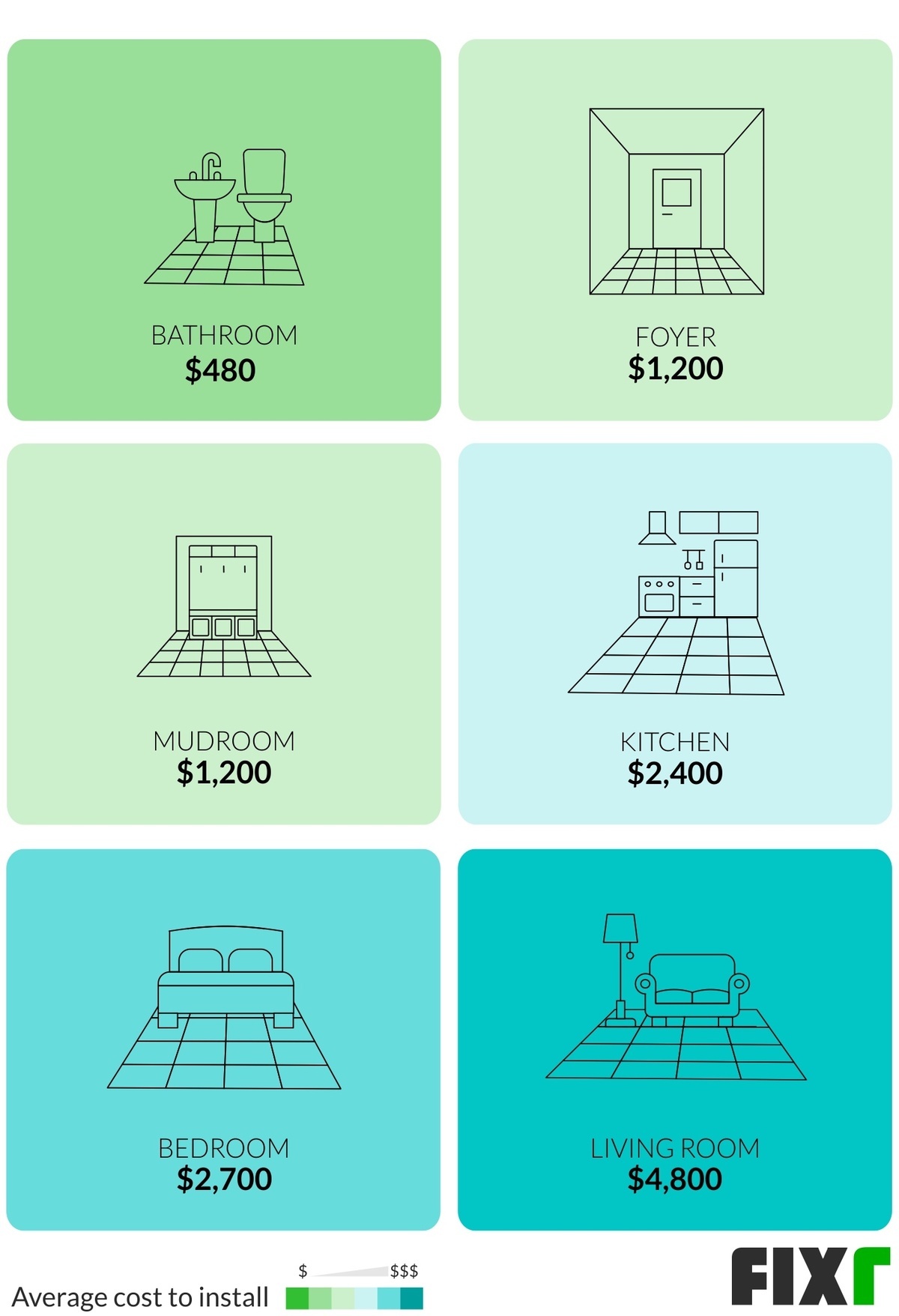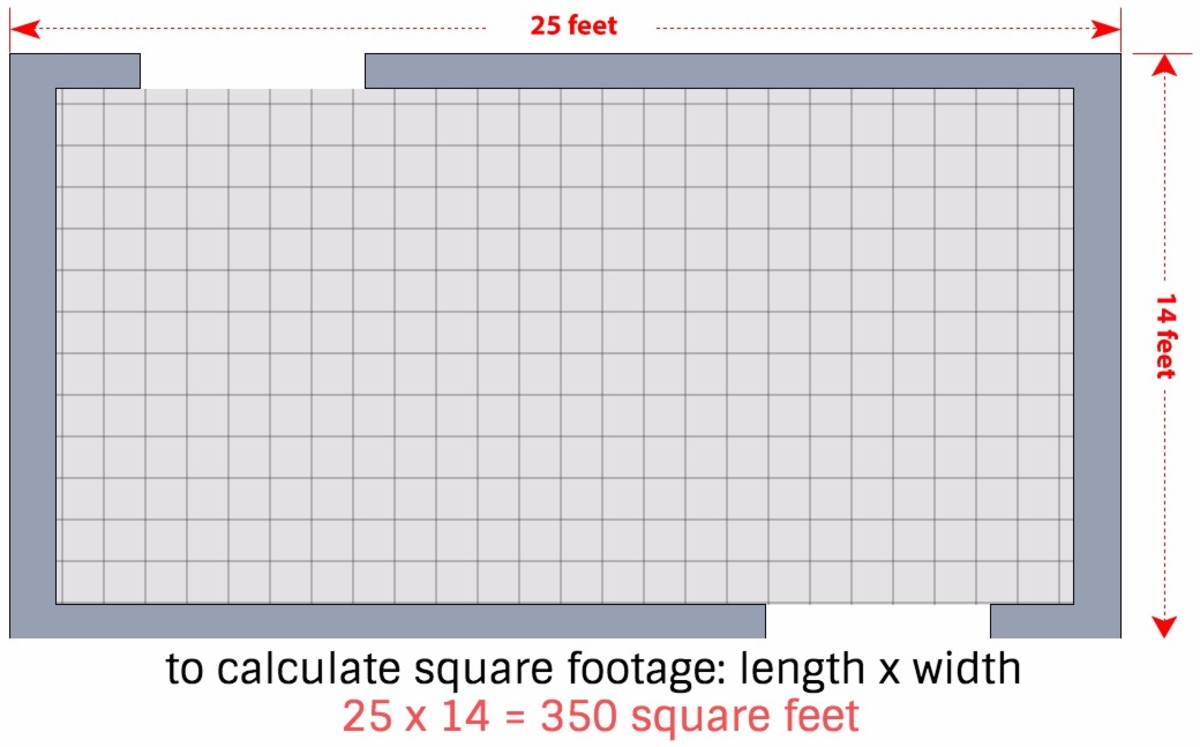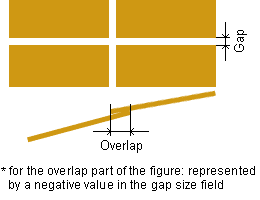Factors to Consider When Estimating Tile Floor Installation Costs
Let’s first talk about the factors that influence the estimation of tile floor installation costs, providing a roadmap for homeowners and project managers like myself to plan and execute our flooring projects wisely.
- Type and Quality of Tiles: The type and quality of tiles you choose for your floor will greatly impact the overall cost of installation. Ceramic tiles are generally more affordable compared to natural stone or porcelain tiles. Additionally, higher-quality tiles often come with a higher price tag, but they may also offer greater durability and aesthetic appeal.
- Tile Size and Complexity of Design: Larger tiles may require more labor and materials for installation, resulting in higher costs. Similarly, intricate or custom designs will typically require more time and expertise, increasing the overall installation expenses. Consider the size and complexity of your desired tile design to accurately estimate the installation costs.
- Preparation and Repair Work: Before installing new tiles, it is essential to prepare the subfloor properly. This may involve removing old flooring, repairing any damages, or ensuring a level surface. The extent of preparation and repair work required can significantly affect the overall cost of installation.
- Labor Costs: The cost of hiring professional tile installers can vary depending on their experience, location, and the complexity of the project. It is important to obtain quotes from multiple contractors to compare prices and ensure you are getting a fair estimate for the labor costs.
- Additional Materials and Accessories: In addition to the tiles themselves, there are several other materials and accessories required for a successful tile floor installation. These may include adhesive, grout, underlayment, transition strips, and sealant. Considering the costs of these additional materials is crucial when estimating the overall installation expenses.
- Removal and Disposal of Old Flooring: If you have existing flooring that needs to be removed and disposed of, this will add to the overall cost of installation. The labor involved in removing old flooring and the disposal fees for waste materials should be taken into account when estimating the tile floor installation costs.
- Location and Accessibility: The location of your project and the accessibility of the area can influence the installation costs. If the tile installation is in a hard-to-reach area or requires additional equipment or resources, it may increase the overall expenses.
- Project Timeline: The duration of the installation project can impact the total cost. If you need the floor installed quickly, some contractors may charge a premium for expedited service. Planning ahead and allowing sufficient time for the installation can help avoid additional rush fees.

Guide to Accurately Estimate Tile Floor Installation
Step 1: Measure the Floor Space
The first step in accurately estimating tile floor installation is to measure the floor space where the tiles will be installed. Use a tape measure to measure the length and width of the room, and multiply these measurements together to calculate the total square footage.
Step 2: Determine the Tile Size and Pattern
Next, determine the size of the tiles you plan to use for the installation. Common tile sizes include 12×12 inches, 18×18 inches, and 24×24 inches. Additionally, consider the tile pattern you want to achieve, such as a straight lay, diagonal pattern, or herringbone pattern. These factors will help you determine the number of tiles needed.
Step 3: Account for Wastage
When estimating tile floor installation, it is important to account for wastage. Tiles can be damaged during the installation process, and some cuts may result in unusable pieces. As a general rule, it is recommended to add 10% to 15% to the total square footage to allow for wastage.
Step 4: Calculate the Number of Tiles
To calculate the number of tiles needed, divide the total square footage by the size of each tile. Round up to the nearest whole number to ensure you have enough tiles to complete the installation. If you are using different tile sizes or patterns, repeat this calculation for each size or pattern.
Step 5: Consider Additional Materials
In addition to the tiles, there are other materials needed for tile floor installation. These include adhesive, grout, and any necessary underlayment or backer board. Consult the manufacturer’s recommendations for the specific materials you will be using to determine the quantity needed.
Step 6: Estimate Labor Costs
Estimating tile floor installation also requires considering labor costs. If you plan to hire a professional installer, research local rates and multiply the hourly rate by the estimated number of hours needed for the installation. Alternatively, if you plan to install the tiles yourself, consider the time it will take based on your experience and skills.
Step 7: Account for Additional Expenses
Finally, account for any additional expenses that may arise during the tile floor installation. This can include delivery fees for the materials, tools needed for the installation, or any unforeseen issues that may require additional materials or labor.
Tips for Saving Money on Tile Floor Installation Estimates
Research and Compare Prices: Before committing to any tile floor installation estimate, it is crucial to conduct thorough research and compare prices from different contractors or suppliers. This will give you a better understanding of the average cost and help you negotiate for a more competitive estimate.
Plan Ahead: Proper planning is key to saving money on tile floor installation estimates. Take accurate measurements of the area where the tiles will be installed and carefully consider the type of tiles, patterns, and designs you want. Having a clear plan in place will prevent any waste of materials and unnecessary costs.
Consider Alternative Tile Options: While ceramic and porcelain tiles are popular choices, they can be quite expensive. Explore alternative tile options such as vinyl or laminate flooring that offer similar aesthetics at a lower cost. Additionally, consider using larger tiles to cover a larger area, as this can reduce installation time and labor costs.
Seek Multiple Quotes: Don’t settle for the first estimate you receive. Request quotes from multiple contractors or suppliers and compare them to ensure you are getting the best deal. Be wary of estimates that seem too good to be true, as they may indicate subpar materials or craftsmanship.
Bundle Services: If you are planning other home improvement projects, consider bundling them together with your tile floor installation. Many contractors offer discounts for multiple services, so taking advantage of these deals can help you save money in the long run.
DIY or Partial DIY: Depending on your skills and experience, you may be able to handle some aspects of the tile floor installation yourself. Consider taking on tasks such as removing old flooring or preparing the subfloor, which can significantly reduce labor costs. However, be cautious not to take on more than you can handle, as mistakes can be costly to fix.
Timing is Key: The timing of your tile floor installation can also impact the estimate. Contractors are often busier during peak seasons, so consider scheduling your installation during off-peak times when contractors may be more willing to negotiate on pricing.
Ask for Discounts or Promotions: Don’t be afraid to ask contractors or suppliers if they have any ongoing discounts or promotions. They may have special offers that can help you save money on your tile floor installation. Additionally, some companies offer discounts for cash payments or referrals, so it never hurts to inquire about these opportunities.
Common Mistakes to Avoid When Estimating Tile Floor Installation Costs
Underestimating the amount of materials needed: One common mistake when estimating tile floor installation costs is underestimating the amount of materials needed. It is important to accurately measure the area to be tiled and account for any waste or extra tiles that may be required. Failure to do so can result in unexpected expenses and delays in the installation process.
Ignoring the need for additional preparation: Another mistake is ignoring the need for additional preparation before tile installation. This can include removing old flooring, leveling the subfloor, or addressing any existing issues such as moisture or cracks. Neglecting these steps can lead to complications during the installation and may require additional expenses down the line.
Overlooking labor costs: Estimating tile floor installation costs should not only focus on the materials but also include labor costs. Hiring professional installers or contractors can significantly impact the overall cost. It is important to consider the complexity of the installation, the time required, and the expertise needed when budgeting for labor expenses.
Failing to consider hidden costs: When estimating tile floor installation costs, it is crucial to consider any hidden costs that may arise. This can include the cost of tools and equipment, delivery fees for materials, or unexpected repairs that may be required during the installation process. Being aware of these potential expenses can help prevent budget overruns.
Not obtaining multiple quotes: Lastly, a common mistake is not obtaining multiple quotes from different contractors or suppliers. By only considering a single estimate, you may miss out on potential cost savings or the opportunity to compare prices and services. Getting multiple quotes allows you to make a more informed decision and ensure you are getting the best value for your money.
Ceramic Tile Flooring Installation Cost Ceramic Tile Flooring Cost
2024 Tile Calculator Calculate How Many Ceramic Tiles You Need
Estimating Floor Tile Materials
Ceramic Tile Flooring Installation Cost Ceramic Tile Flooring Cost
Steps to Calculate How Much Tile You Need
Labor cost to install ceramic tile?
Tile Calculator
Pin on flooring pricing template
Related Posts:
- Coral Tile Flooring
- Tile Floor Room Transitions
- Old World Tile Flooring
- Slip Resistant Porcelain Tile Flooring
- Best Way To Mop Ceramic Tile Floors
- How To Clean Terrazzo Tile Floors
- Driftwood Ceramic Tile Flooring
- How To Seal Quarry Tile Floors
- How To Clean Tile Floors In Bathroom
- Ideas Covering Tile Floors

